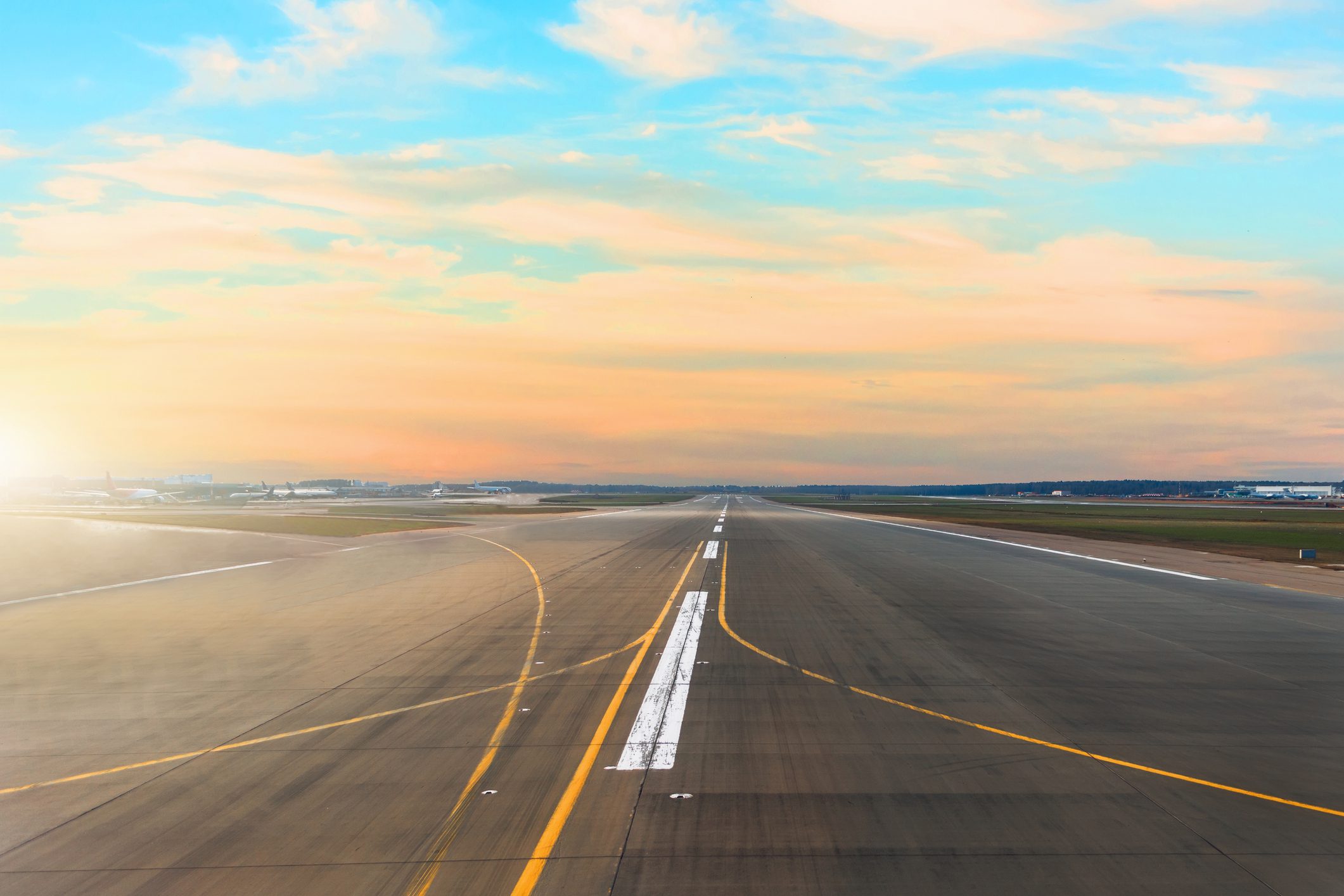“It’s all yours,” or, when and why chartering an aircraft makes sense.
Whether you spell them “phreighters” or “pfreighters,” passenger aircraft turned cargo-only aircraft took to the skies in droves during the pandemic. With the slow return of international passenger service, airlines are once again filling the main decks with people instead of packages. This isn’t to say that these aircraft aren’t still out there flying, supplementing the needs of the traditional freighters filled with e-Commerce packages and consumer goods attempting to bypass record seaport congestion, equipment shortages, and railroad backlogs.
At CFI, we know that there are times of peak demand, whether during harvest or for special projects, that chartering an aircraft makes the most economical sense. Our goal here is to tell you when chartering makes sense, what the pros and cons are, and how to go about beginning the process of planning a charter.
How much are you shipping?
Unless the demand is for an aircraft that fits the size of urgently needed supplies to keep a production line from shutting down, a grounded aircraft, or a lifesaving organ transplant, shippers contemplating a charter have a number of decisions to make, beginning with, “How much do I anticipate shipping and how far is it traveling?”
Charters operate point-to-point, which means that from a fuel-sipping 787 to a gas-guzzling AN-124, those two questions will be the first to start selecting an aircraft type for the job.
Where is my shipment starting and where does it need to be?
Charters allow shippers to be more flexible because the commitment to the aircraft means that by and large, they select the airport pairs for origin and destination. Those choices may, however, be limited by limitations on runway lengths on either side, landing slot availability or availability, and the type of handling equipment to load and unload. Most charters operate between major gateway airports, meaning that the additional cost of repositioning an aircraft from one place to another is negligible or non-existent.
What does the charter price include?
If you’ve ever booked out an entire venue for an event, this is perhaps the best level-set for what costs are included for a charter. This is to say…everything. Chartering an aircraft is most often expressed as a flat cost which includes landing fees, fuel, crew, loading, and unloading the aircraft at origin and destination. Additional costs to this could include refueling stops depending upon the length of the journey and weight of the cargo, waiting time for delays, and repositioning costs if the plane needs to come from elsewhere or, at the end of the charter, go elsewhere for the next flight.
How can CFI help?
Commodity Forwarders has over forty years of experience in handling air cargo for perishable shippers. We understand from how even before a shipment has been harvested or product processed and prepared, there are choices to be made on routing and time in transit. CFI has arranged charters for such products as cherries to Asia, in support of food security initiatives in Guam during the pandemic and for Latam produce from the harvesting country, through the United States and to Europe or the Middle East.
To learn more about CFI’s charter booking and coordinating ability, contact Todd Patrick or Ryan Owens to learn more.




